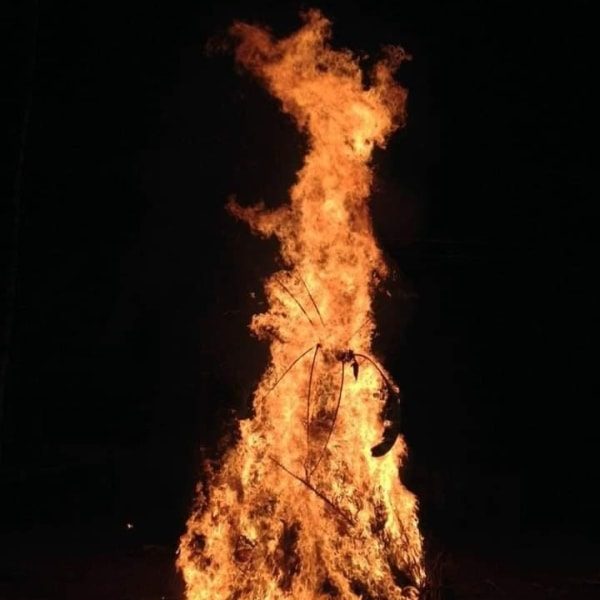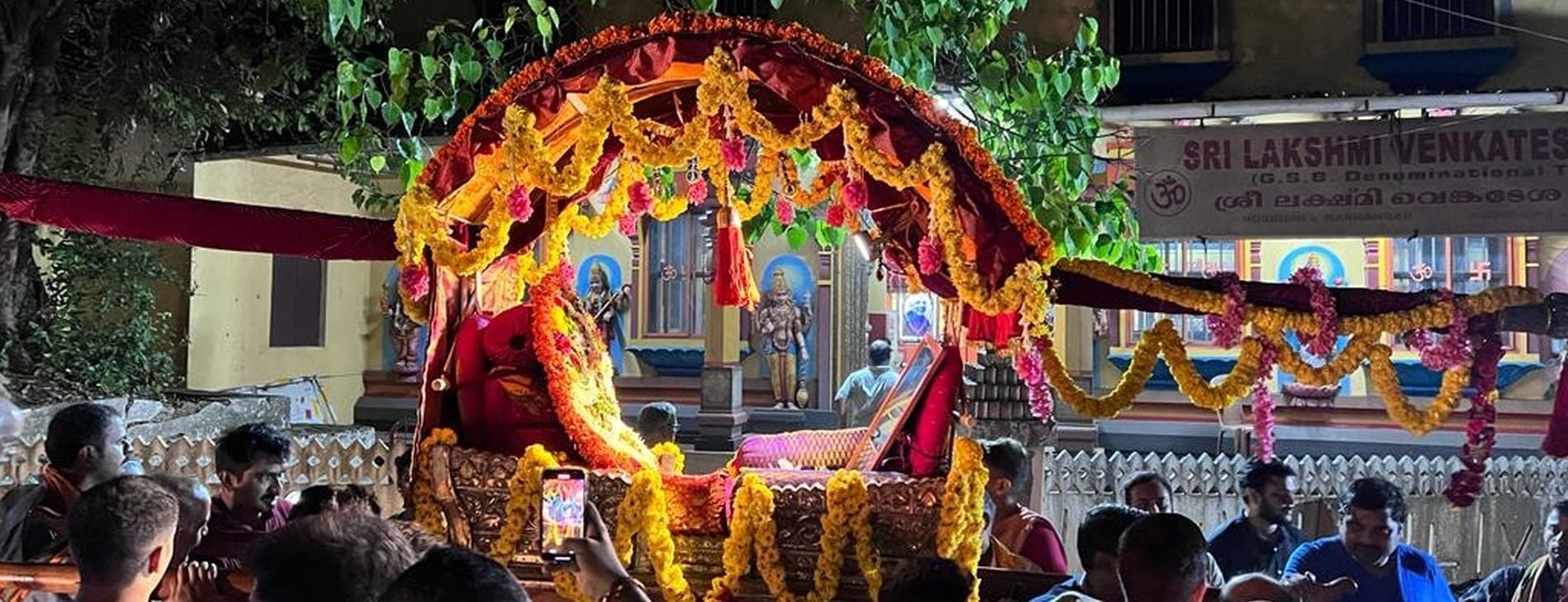
SLVT Hosdurg
festivals

Until some years ago the governing body had been finding it very difficult to make both the ends meet in the matter of daily expenses. By the grace of God and our Preceptor, the condition has changed. A large number of devotees came forward with Sashwatha sevas by depositing a fixed amount, the accrued interest of which will suffice to meet the one day pooja expenses.
About one hundred and fifty years ago when the temple was consecrated the condition of our community here was rather bad. Most of the people had to engage themselves in hard work to earn their living. Yet, they never grudged offering their mite to the temple and pooling together all the available resources the rites and rituals were regularly conducted even though on a modest scale. Sri Lakshmi Venkatesh was pleased with whatever was offered with true devotion. By the grace of God and the blessings of Gurus, the Samaj gradually improved and prospered and consequently the rituals and utsavas also increased and became grander. In course of time, those families who had sponsored the rituals etc., got the hereditary right to perform them. Today the right to conduct almost all festivals, samaradhanas etc. are vested in particular families who consider it a proud privilege.
Of the several annual festivals in the temple, Navarathri, Karthika Deepotsava, Ram Navami, Anantha Chathurdashi and the Moola Prathishta day Akshaya Tritiya, together known as Pancha Parvas, are the most important. With the beginning of a new Samvatsara on the Chandra Yugadi, a series of festivals and rituals begin. Vasantha Pooja starts from the Yugadi and continues till Vaishakh Pournami. Devotees attend this Vasantha Pooja in large numbers every day.
The first of the Panchaparvas in the New Year is Ram Navami which is celebrated with great piety and grandeur. After the Mahapooja there is Bhoori- samaradhana which is a special feature of almost all G.S.B temples. The utsava Moorthi is taken in procession outside the temple to the town at night in Silver Pallakki when all along the route devotees offer holy Aarati and Kanike. Returning to the temple the procession perambulates the temple, the youngsters bearing the Pallakki, swaying the same in perfect rhythm to the tune of spirited chanting of bhajans, veda ghosha, vadya etc. The ritual concludes after rathri pooja and distribution of prasadam. On the Chaithra Pournami, Hanumad Jyayanti is celebrated with Hagalutsava.
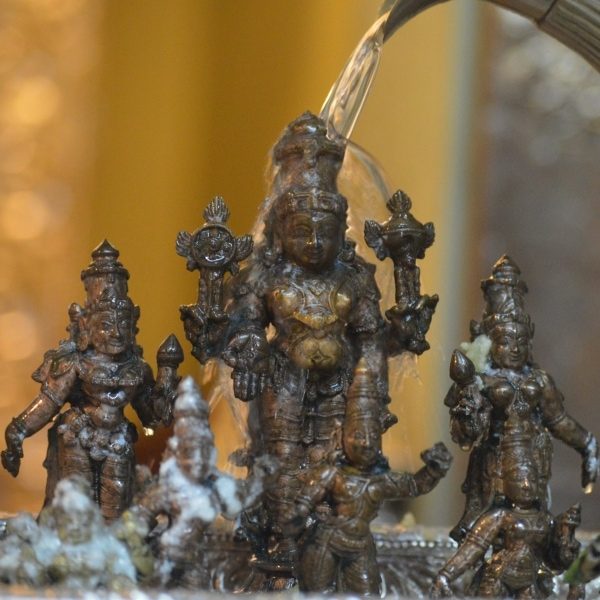
Akshaya Tritiya
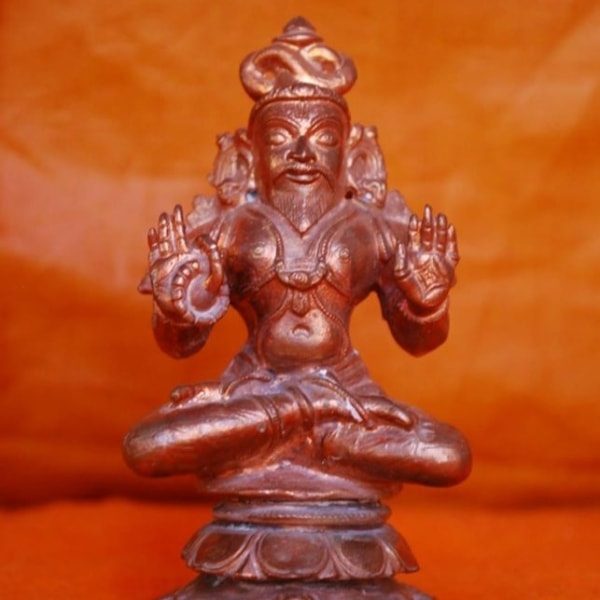
Sri Vedavyasa Jayanthi
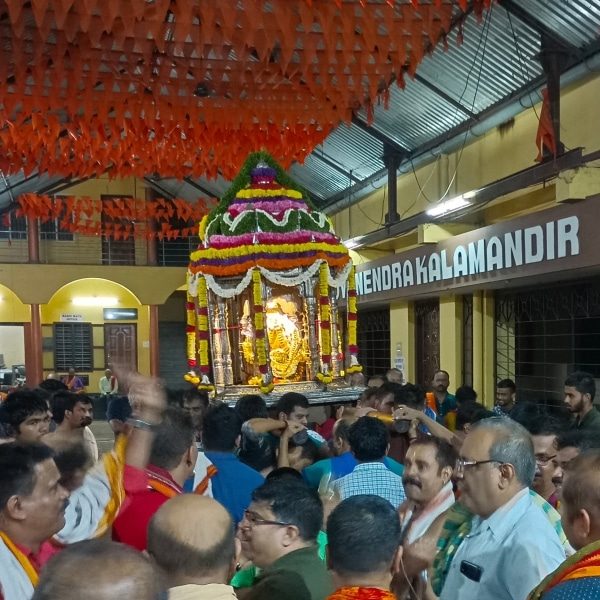
Vaisakh Pournami
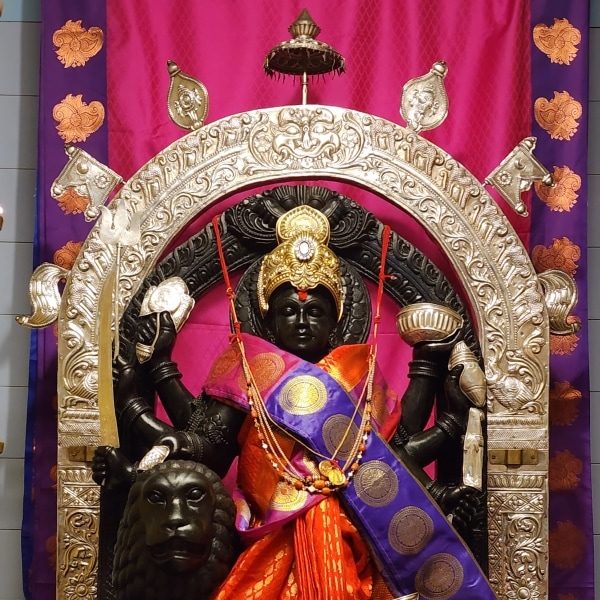
The Prathishta day of Sri Mahamaya
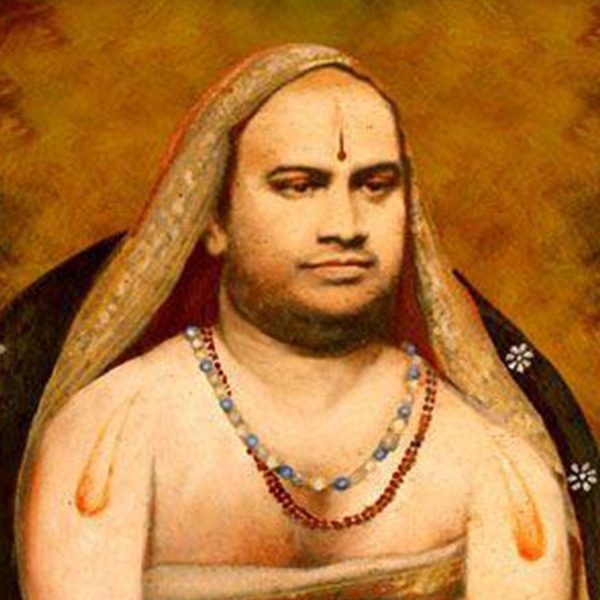
The Punyathithi of Srimad Varadendra Theertha Swamiji
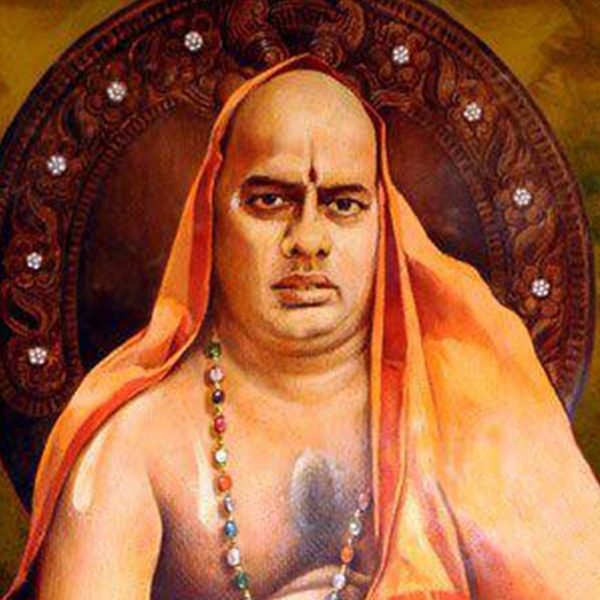
Srimad Sukritheendra Theertha Swamiji’s Punyathithi
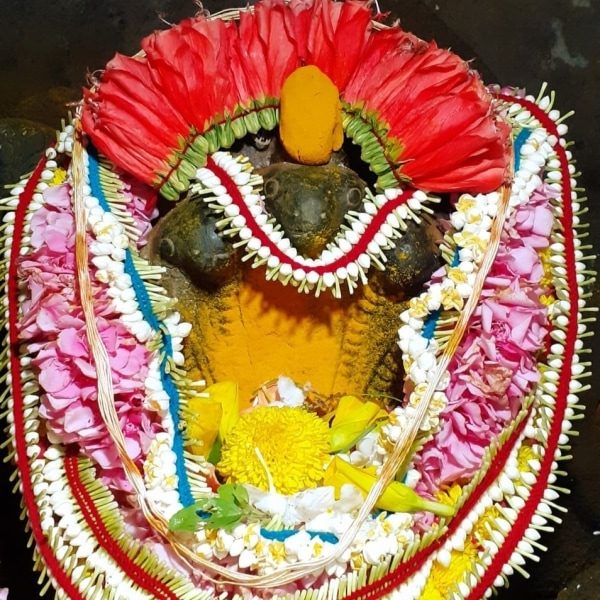
Naga Panchami
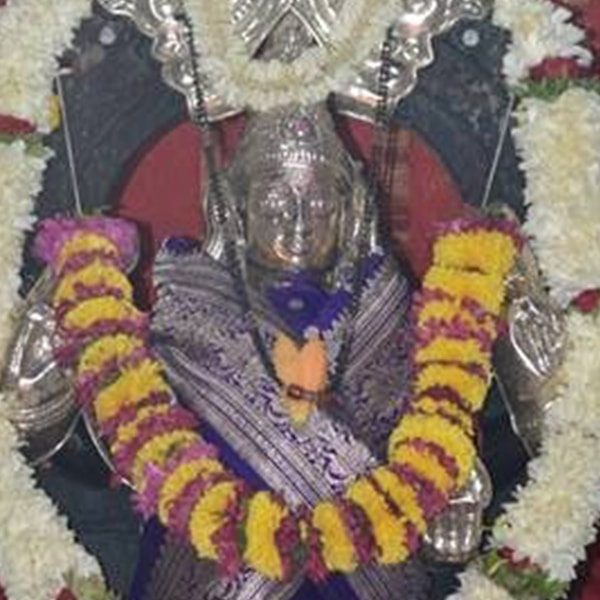
Vara mahalakshmi Vritha
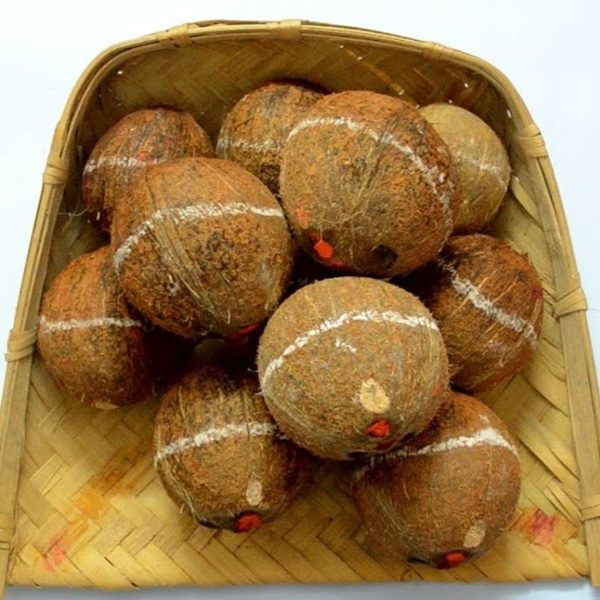
Vayana Pooja
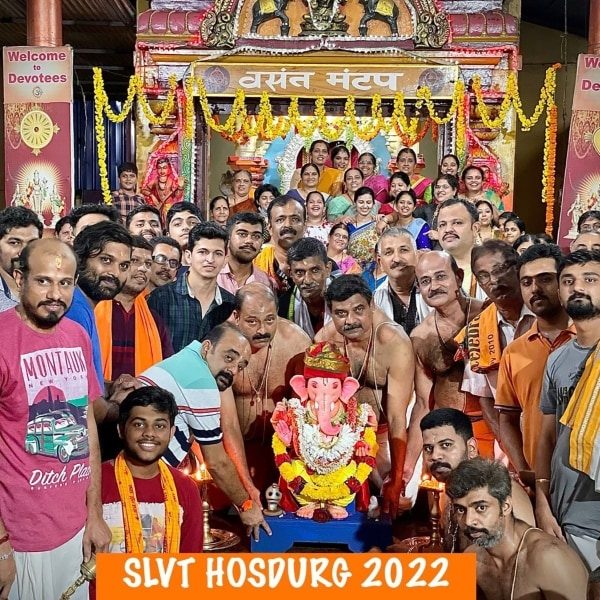
Ganesh Chaturthi
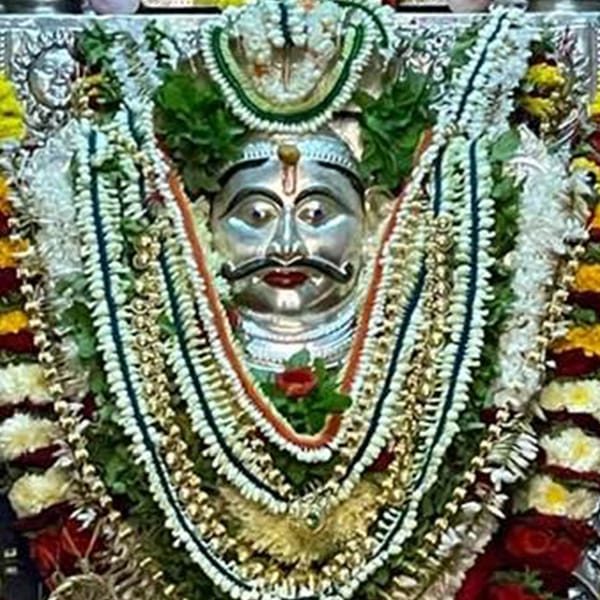
Anantha Chathurdashi
Anantha Chathurdashi popularly known as “Nopi” is one of the Panchaparvas in the temple, in the month of Bhadrapada. From each house a cleaned coconut is brought to the temple for worship and received back as prasadam after pooja.
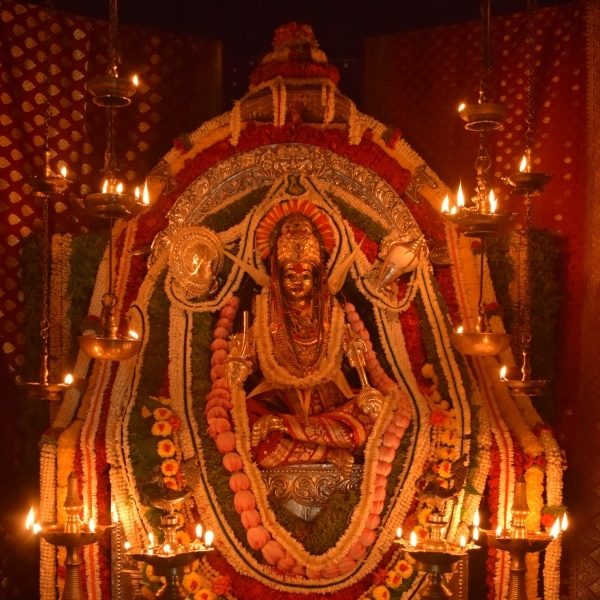
Navarathri
Navarathri, in the month of Ashweeja, is the most important of the parvas in this Temple. This is an occasion when devotees settled in far off places make it a point to visit the temple and worship Sri Lakshmi Venkatesh and Sri Mahamaya, offering Kanike and other sevas. From the first day of the month till Mahanavami various vedic rituals are performed. The festival begins with prayer, Kankanapooja, Amkuraropana Kankanabandhana, Sannidhya Homa, Avahitha deva- thapooja, Ghatsthapana Kumkumarchana etc. On each day of Navarathri Sri Mahadevi is decorated and presented in various forms of Durga. On the lalitha Panchami day the “Ponjaseva” is performed. On the seventh day, Thapthodaka Pooja, Mangala Snana and Ponja Seva in the Mahamaya shrine attract hundreds of devotees from several places. Special pooja is offered at the shrine of Sri Sharada on the Moola Nakshatra day.
On all these days the offering of “Sheshe” is performed at night till the Mangalarathi. Maha Navami on which day Mahamaya is believed to take the form of Mahakali begins with Deepa prathishta in the morning, Durga Namaskara, Chandika Homa Prarthana, sheshe offering, Kumkumarchana and offering of Chandika Homa vonti. The poornahuti is performed at noon followed by Kalasha dana, Bhoori Dakshina and Ashir vachana. Mahapooja is followed by Bali pradana, Prakara Bali and Deepa Visarjana and Bhoori Samaradhana. At night there is Maha Kali Pooja, witnessed by hundreds with awe and great devotion. To watch the Devi Darshan with long outstretched tongue reaching the breast and terribly red protruding eyes performing the Ponjaseva used to inspire the devotees to fold their hands and pray earnestly for blessings. After grama-balipradana ghata visarjana is done to mark the conclusion of the nine day long festival. Ayudha pooja is also performed on Mahanavami with devotion.
On Vijayadashami the annual Mahasabha is held. Those male members of our Samaj who have enrolled themselves as members paying the annual Kandaya constitute the general body. The Audited statement of Income & Expenditure, the Budget for the next year etc., is to be approved by the Mahasabha. Once in two years, election of new office bearers for the next two years is held and the new governing body assumes office on this day. Special pooja to Sri Sharada is performed. There is samaradhana after Mahapooja. The Paschima Jagara pooja begins from this day.
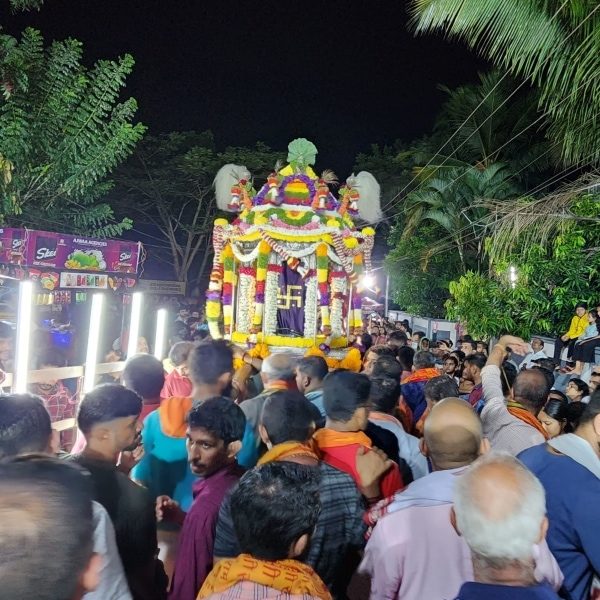
The Karthika Pournami Deepotsava
The Karthika Pournami Deepotsava is a symbolic divine hunt which the Lord is believed to embark upon to destroy the Evil Forces which might have thrived during his Chaturmasya vratha. Sri Lakshmi Venkatesh is led to the Vana (Forest) at Melangot about two kilometers from the temple, in a grand procession in Silver Lalki early in the morning. After Abhisheka and Maha pooja in the Vana the devotees partake in the Vanabhojana. At an auspicious time after dusk, the pooja is performed at the vana and the deity taken to the main Peepal tree, on the platform of which the deity is formally seated for pooja. After the rites, the Priest takes a bow and arrow and imitates shooting arrows at the evil spirits. After poojas on a few such Ashwattha tree platforms the procession slowly proceeds to the temple. On the entire route devotees offer Arathi, Hannukayi and Kanike. The return journey is very slow as the procession is to stop at a myriad of places.
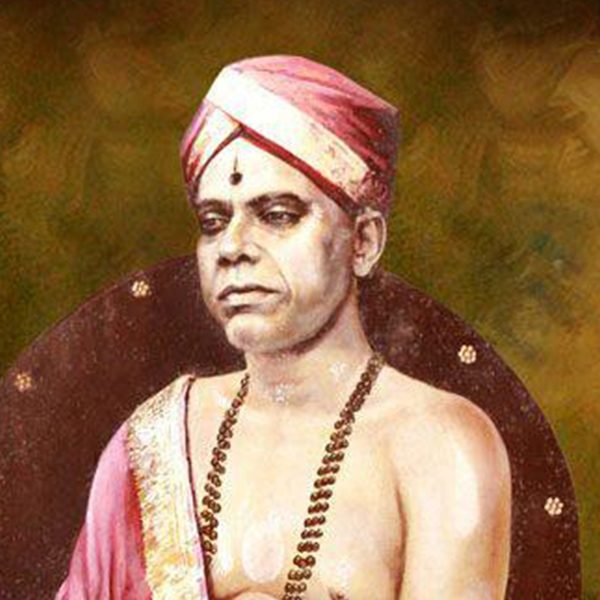
Srimad Bhuvanendra Theertha Swamiji’s Punyathithi
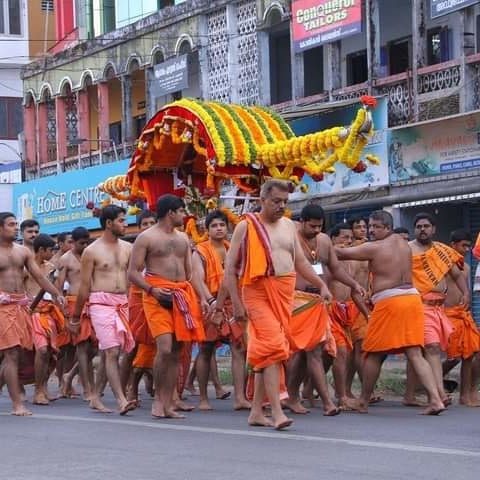
Mukkoti Dwadashi day
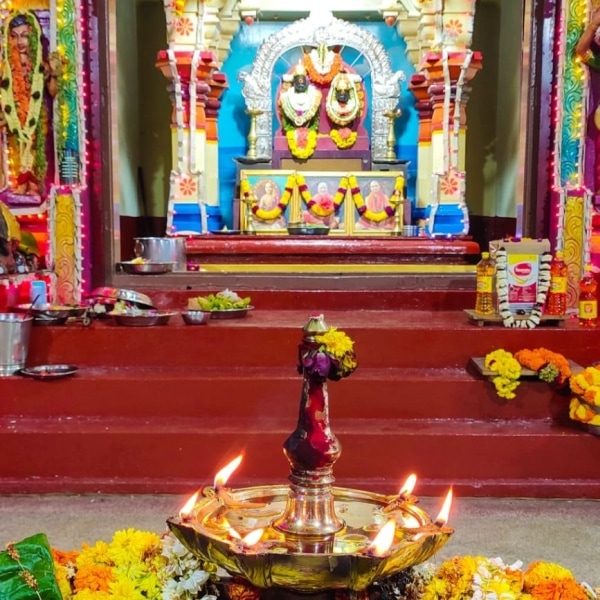
Akhanda Sankeerthan Sapthaha
